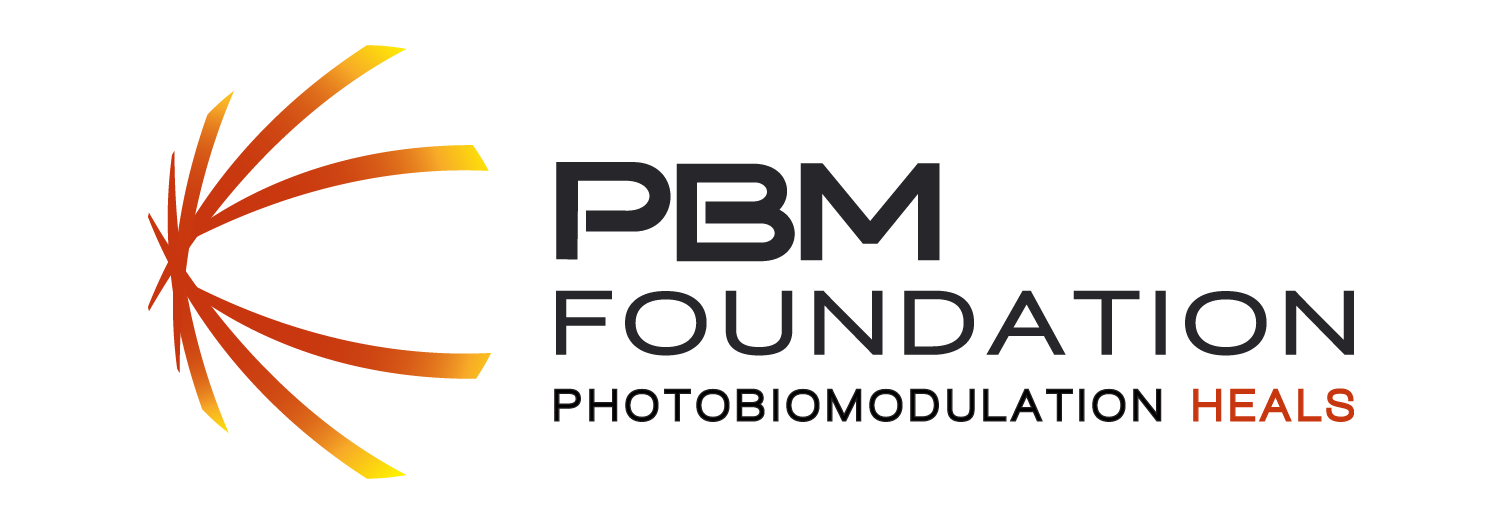The Effect of Intranasal Plus Transcranial Photobiomodulation on Neuromuscular Control in Individuals with Repetitive Head Acceleration Events
Introduction
Approximately 3.8 million sport- and recreation-related concussions occur annually in the United States. The effects of concussion, including persistent long-term issues with concentration and physical skills is a growing concern. Equally concerning are the effects of repetitive head impacts (RHIs), also known as repetitive head acceleration events (RHAEs). RHAE has the same meaning as RHI; however, it is emerging as a preferred term because it inherently indicates that the brain is experiencing translational and/or rotational movement because of external forces regardless of the source (blast or mechanical blow) or location (head or body) of the impact forces. Although RHAE may include concussions or mild traumatic brain injury (mTBI), most do not result in any acute detectable clinical symptoms. However, the cumulative effect of RHAE, like concussion or mTBI, could progress to traumatic encephalopathy syndrome (TES), a clinical disorder associated with chronic traumatic encephalopathy (CTE). An athlete may experience over 100 RHAEs per season. Although the athlete may be asymptomatic, RHAEs result in microstructural and functional changes in the brain similar to that seen in concussion or mTBI, leading to altered motor unit recruitment strategies, increased acute corticomotor inhibition, and other neuromuscular impairments, such as reduced dynamic balance or reaction time, in the long-term.
Read more on vielight.com or download the PDF
